Centuries ago, blanket stitches were a popular way of creating an area between two outlines, as shown here on a baby sling from the mid-19th century.
and on parts of a blue-dyed parade handkerchief.
Unfortunately, this type of decoration has been somewhat forgotten. Blanket stitches are easy to work. They can create an effective border. These stitches should be brought back into focus as border stitches.
The stitches sometimes run at right angles to the embroidered surface, as shown above, and other times they are arranged at an angle.
Sometimes the loops run along the inner edge,
sometimes they are placed on the outside.
They are often embroidered very densely, sometimes with spacing.
There are also formations in which two rows of blanket stitches run against each other.
Siehe auch:
See also:
Traditional Schwalm Whitework
Double Outlines (1) – Remaining Free Areas
Double Outlines (2) – Interlaced Straight Stitches
Double Outlines (3) – Interlaced Herringbone Stitches
Double Outlines (4) – French Knots
Double Outlines (5) – Bullion Knots
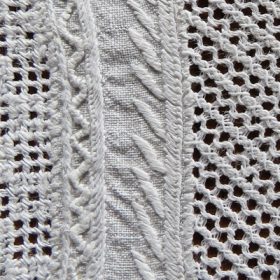
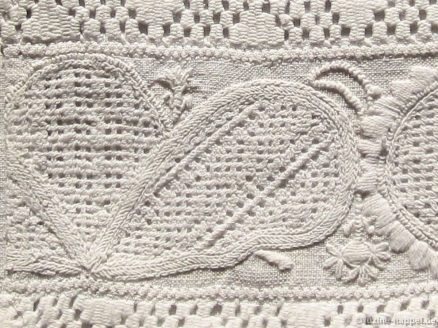
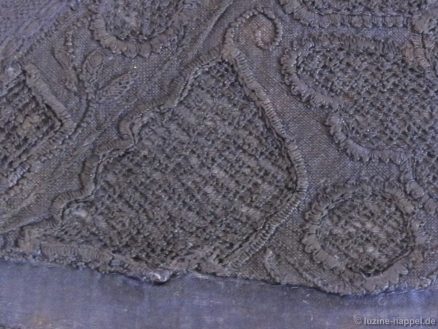
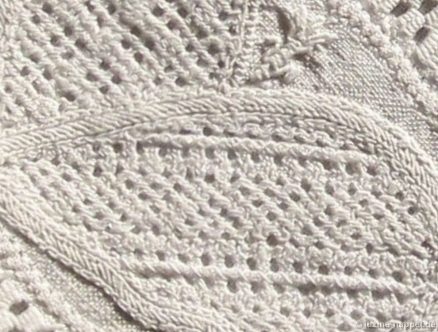
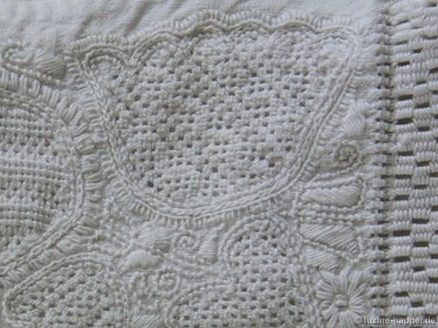
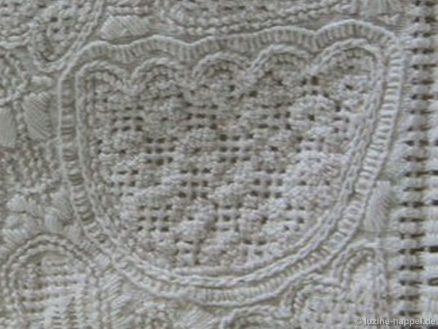
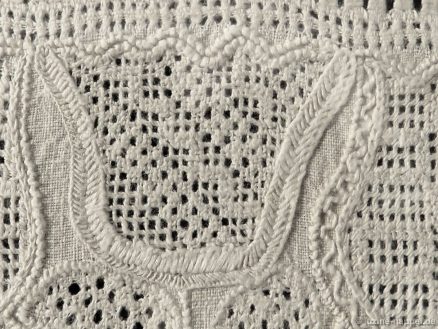

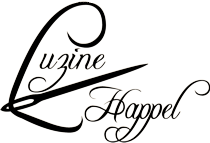
Hallo Frau Happel,
sehr schöne Beispiele zu der sonst üblichen Umrandung. Vielleicht werde ich das einmal versuchen. Ich könnte mir Vorstellen dass es gar nicht so einfach ist diese Art von Umrandung mit Schlinstich wirklich gleichmäßig zu arbeiten. Das ist vielleicht der Grund warum diese Vorgehensweise aufgegeben wurde.
Vielen Dank für die schönen Fotos.
Sylvia Sellmaier
Danke liebe Frau Sellmaier, für den netten Kommentar und viel Spaß beim Ausprobieren.
Übrigens: Bei meinen Recherchen zur Arbeitsweise von Nadelspitzenfüllungen habe ich auf überlieferten Stücken bisher nur die Variante mit vorher weggeschnittenem Stoff gefunden. Dazu habe ich Bilder und Erklärung in “Museum digital (2) – Tafeldecke von 1927 aus der Werkstätte Thielmann” eingestellt. Weitere sehr schöne und variantenreiche Nadelspitzenfüllungen befinden sich auf Bettüberwurf und Paradekissen von 1842/1844. Dazu werde ich bei Gelegenheit wieder einen “Museum digital”- Beitrag erstellen.
Beste Grüße
Luzine Happel